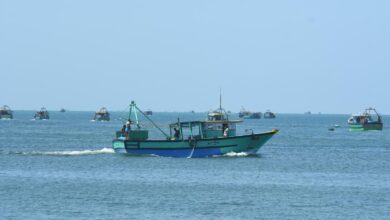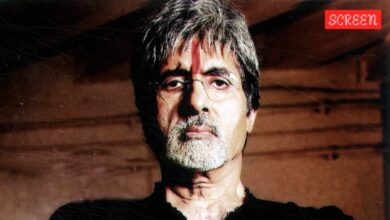Unsung heroes: How Kasturinagar residents brought Channasandra Lake back to life | Bangalore News
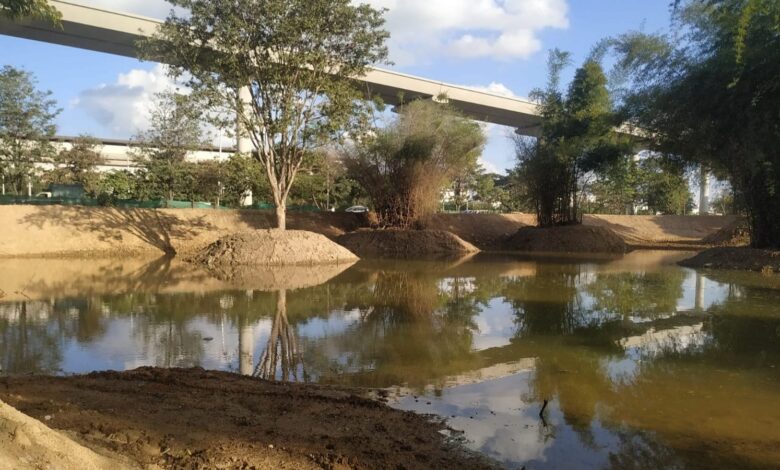
Bengaluru, often called the city of lakes, has witnessed a steady decline in its water bodies due to urbanisation, encroachments, and neglect. But in a remarkable display of community effort, the Kasturinagar Residents’ Welfare Association (RWA) along with NGO Hands On and Canada-based company CGI has revived Channasandra Lake – once a degraded expanse of debris – into a thriving ecosystem.
The initiative took shape in mid-2023 when Bengaluru was battling a groundwater crisis. Abhijit M S, member of Kasturinagar RWA, speaking to The Indian Express said, “As residents we discovered through the Dishank application that a lake – listed as Channasandra Lake – once existed in their neighbourhood. However, what remained was an unrecognisable landfill, choked with construction waste and garbage. A core group of four to five residents got together to reclaim the lost water body, and took it upon ourselves to spearhead its restoration.”
The first challenge was bureaucratic ambiguity. The BBMP’s Lakes Department initially claimed the lake was under the Bangalore Development Authority (BDA). When approached, the BDA asserted that it had handed the lake over to BBMP in 2019. However, official records, specifically the RTC (Record of Rights, Tenancy, and Crops), still listed the land under the Forest Department. Caught in this bureaucratic tangle, the residents reached out to meet Ravindra, deputy conservator of forest, BBMP, for a ‘No Objection Certificate’ (NOC) to rejuvenate the lake. Ravindra later facilitated an NOC, allowing the residents to proceed with the revival process.
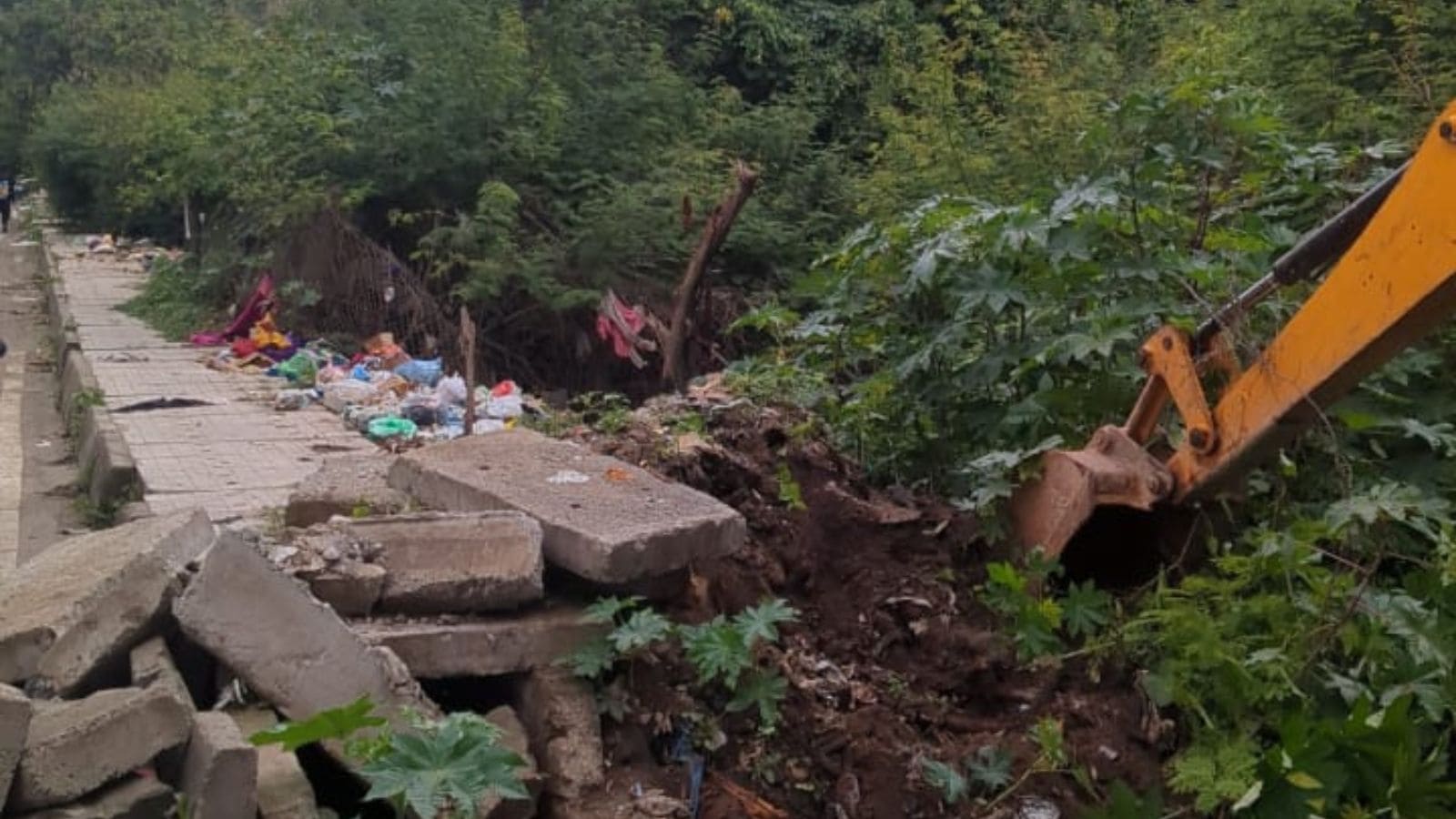 Residents formed a volunteer WhatsApp group and pledged to contribute Rs 1,000 per month per household. (Express photo)
Residents formed a volunteer WhatsApp group and pledged to contribute Rs 1,000 per month per household. (Express photo)
Crowdfunding and corporate partnerships
With the necessary approvals in place, the community launched a Vanamahotsava tree plantation drive on July 6, 2024. It was the first time in nearly 25 years that people had actively engaged with the lake area. Determined to take ownership of the project, residents formed a volunteer WhatsApp group and pledged to contribute Rs 1,000 per month per household. These funds were used to clear the debris, hire JCBs, and remove years’ worth of accumulated waste.
While local efforts made progress, the need for larger financial support became evident. “We reached out to Hands On seeking CSR funds to revive the lake. Seeing the community’s commitment, the NGO approached the multinational IT company CGI for CSR funding. CGI was impressed with the grassroots movement and agreed to fund key elements of the restoration, including desilting the lake, strengthening the bunds, constructing a walking track, and installing inlet and outlet channels to ensure water flow,” said Abhijit.
CGI, a Canada-based IT company, committed to fund Rs 20 lakh in the first phase of the rejuvenation process. CGI also committed to maintaining the lake for the next three years. The second phase of the project includes planting more native tree species, setting up irrigation pipelines, and installing solar-powered streetlights along the walking track.
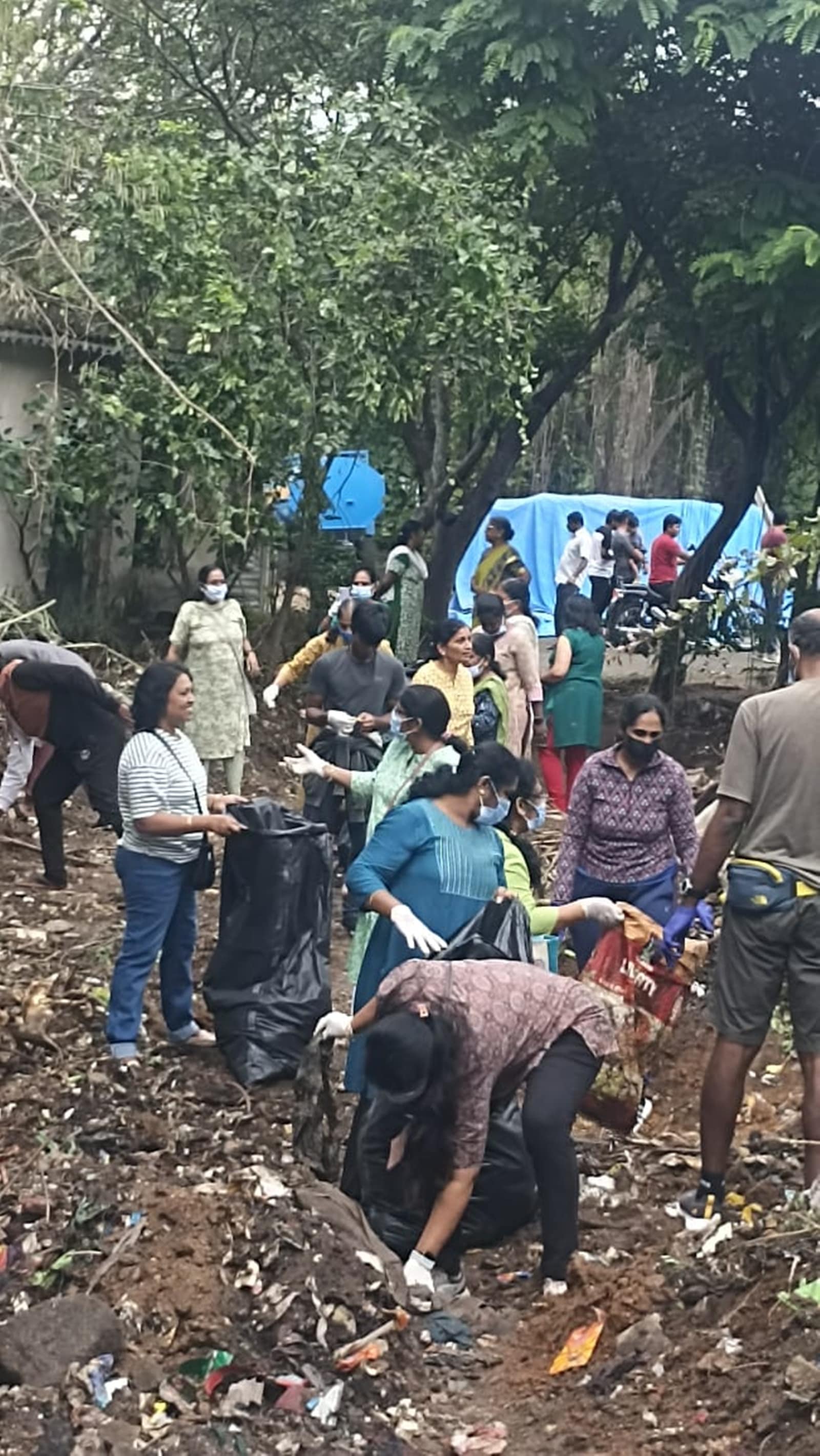 Initially, the lake had only one inlet in poor condition and no proper outlet. (Express photo)
Initially, the lake had only one inlet in poor condition and no proper outlet. (Express photo)
The restoration process
Hands On has worked on nearly 27 lake restoration projects and brings with it technical knowledge to navigate through the rejuvenation process. Gurunandan Rao, co-founder and director of Hands On, said the restoration process took just five weeks. Despite ongoing monsoon rains in October, the NGO initiated the lake revival process, ensuring the work was completed in time to capture the December rains.
Story continues below this ad
Explaining the key phases of the restoration process, Rao said, “First we dewatered the lake. The existing polluted water was removed, directing it to a downstream lake. Following this we did desilting and desludging. Using three excavators with a capacity of one cubic metre per bucket, the team removed accumulated sludge and debris. Later the lake’s bunds were reconstructed and compacted to ensure stability and prevent erosion. Finally, we reconditioned the inlet and the outlet.” Initially, the lake had only one inlet in poor condition and no proper outlet. The NGO opened up additional inlets and constructed a functional outlet to ensure clean water inflow and outflow.
The NGO also preserved native tree species while removing invasive plants. Small islands of native trees were created within the lake to enhance biodiversity. A walking track was developed around the lake, encouraging community engagement and recreational activities.
A new lease of life for an urban ecosystem
The results of the restoration have been transformative. Channasandra Lake now has the capacity to hold up to 28 crore litre of rainwater, a crucial boost for the groundwater table in a city increasingly struggling with depleting resources. Since the rejuvenation began, over 32 small islands have formed within the lake, attracting migratory birds and even monkeys – species that had long disappeared from the area.
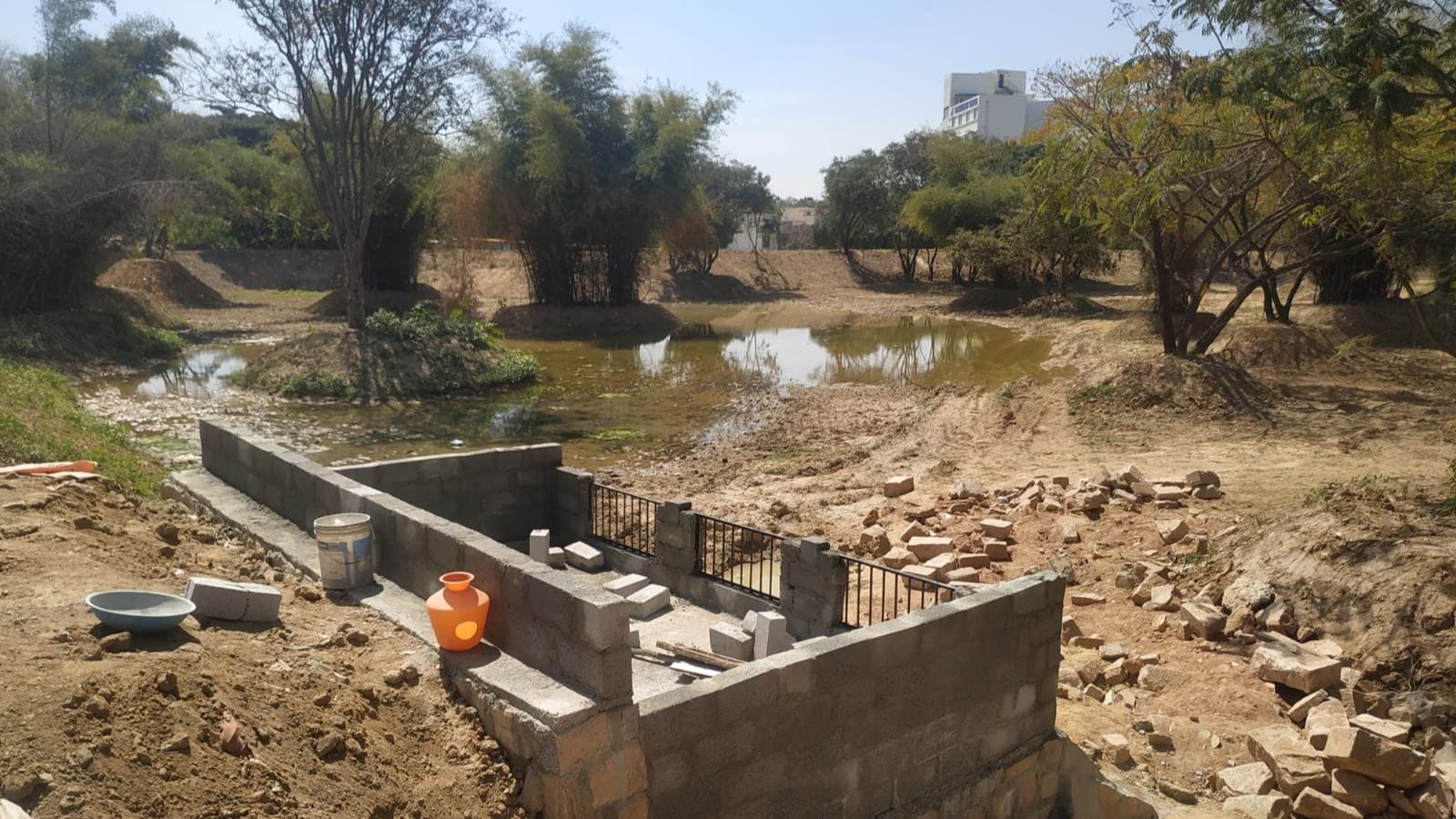 The timely execution allowed the lake to benefit from December rains, leading to natural water replenishment. (Express photo)
The timely execution allowed the lake to benefit from December rains, leading to natural water replenishment. (Express photo)
“Additionally the residents co-funded a 1,000-foot fencing project alongside CGI’s contribution of another 1,000 feet. This collective ownership ensured that the lake remained a community-driven endeavour,” said Abhijit.
Story continues below this ad
A mini forest and native trees
For future phases, the Kasturinagar RWA, NGO, and other stakeholders aim to establish a mini forest in the lake’s catchment area by planting 2,000-3,000 native trees, shrubs, and butterfly host plants. They also aim to install solar-powered streetlights for sustainability and safety; enhance community infrastructure with benches, walking paths, and signage, with a second phase of funding from CGI.
Impact of the restoration and future plans
The timely execution allowed the lake to benefit from December rains, leading to natural water replenishment. The discovery of a shallow aquifer (jheri) further enhances groundwater recharge. To prevent the lake from falling into neglect again, residents have petitioned Karnataka Forest Minister Ishwar Khandre to bring the land officially under the Forest Department’s control rather than leaving it with BBMP or BDA.
Beyond the lake’s revival, the community is already planning further environmental initiatives. The Kasturinagar Environment Ecology Restoration Establishment Trust is being set up to undertake sustainability projects, including rainwater harvesting in local parks in partnership with United Way. Additionally, they plan to introduce leaf shredder machines to convert dry leaves into compost, reducing BBMP’s waste management burden.




